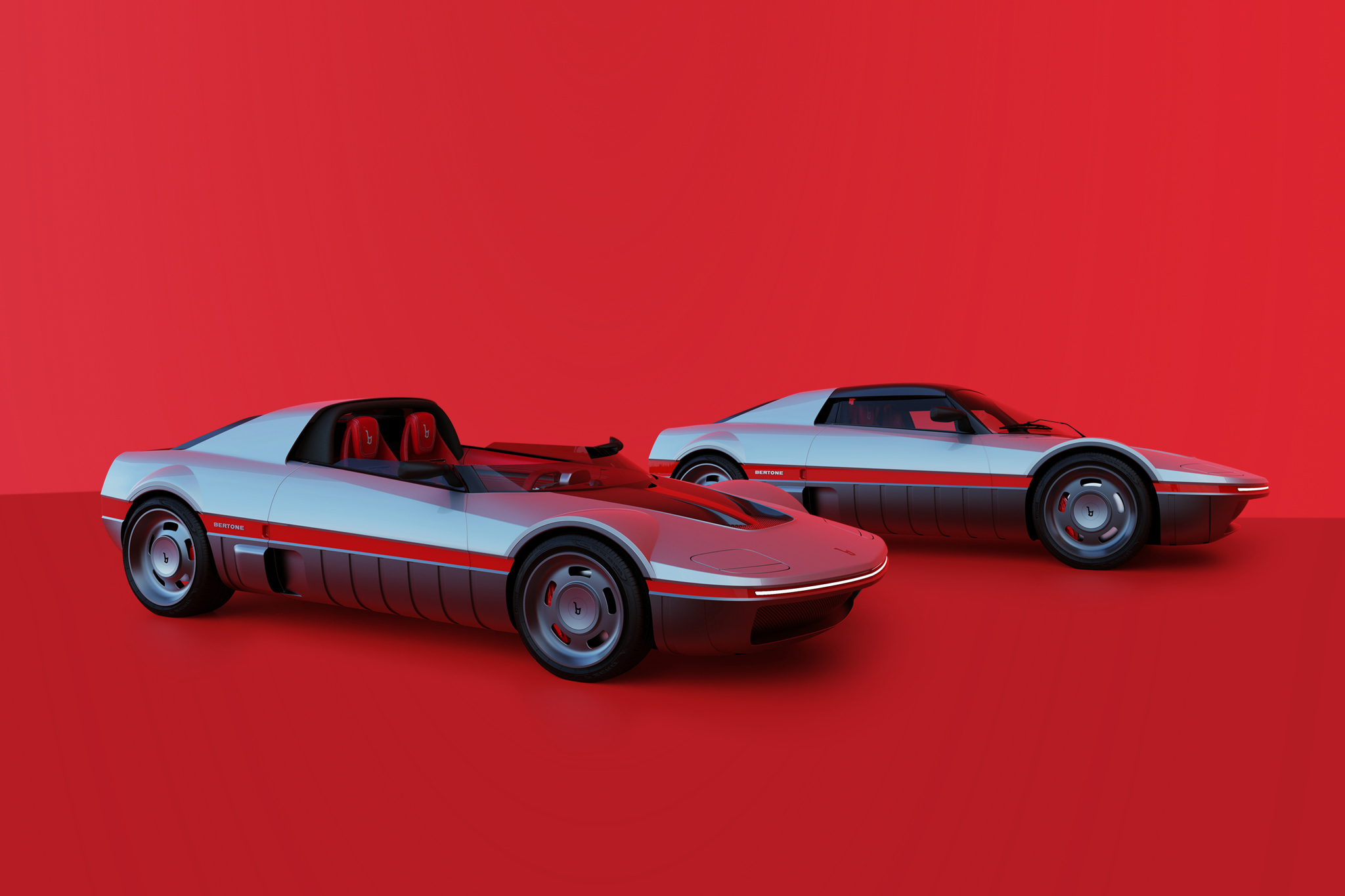Škoda 1100 OHC
After Škoda had participated in the 24 Hours of Le Mans for the first (and only) time in 1950, work began on a new racing car in early 1956. Internally, the car was given the abbreviation 968, but it became known as the 1100 OHC. In contrast to the 1950 Škoda 1101 Sport, this time a welded tubular frame made of thin-walled steel tubes was used. From the outset, the engineers involved gave a lot of thought to weight distribution and therefore installed the clutch and five-speed gearbox in transaxle design on the rear axle. In addition, to increase ease of maintenance in racing, the transmission, clutch and transfer case formed a combined assembly. Behind the front axle was a longitudinally mounted four-cylinder engine with 68 kW/92 hp from a displacement of 1.1 liters. Initially, this power was achieved only with high-octane aviation gasoline. Later, the engine was modified to run on normal gasoline. Dual carburetors from Jirkov and later Weber took over the mixture preparation.
Compact dimensions and low weight
Škoda also took care of an excellent chassis with independent suspension and 15-inch Borrani spoke wheels all around. With a wheelbase of just 2.2 meters, a trapezoidal-link axle sat at the front and a swing axle with trailing arms at the rear, each with torsion-bar springs. In addition, there was precise steering with a removable three-spoke steering wheel in the cockpit. There was room for a co-driver next to the driver, which was due to the sports car regulations. Of course, there is no passenger at Le Mans, but this was intended to suggest that the cars were at least somewhat close to series production. A narrow, small roadster body made of glass-fiber-reinforced plastic extended over the tubular frame. This was designed by Jarsolav Kindl. With dimensions of 3.88 meters in length, 1.43 meters in width and 96.4 centimeters in height, the Škoda 1100 OHC weighed in at just 583 kilograms. As a result, the topspeed was in the range between 118 and 124 mph, depending on the gear ratio.
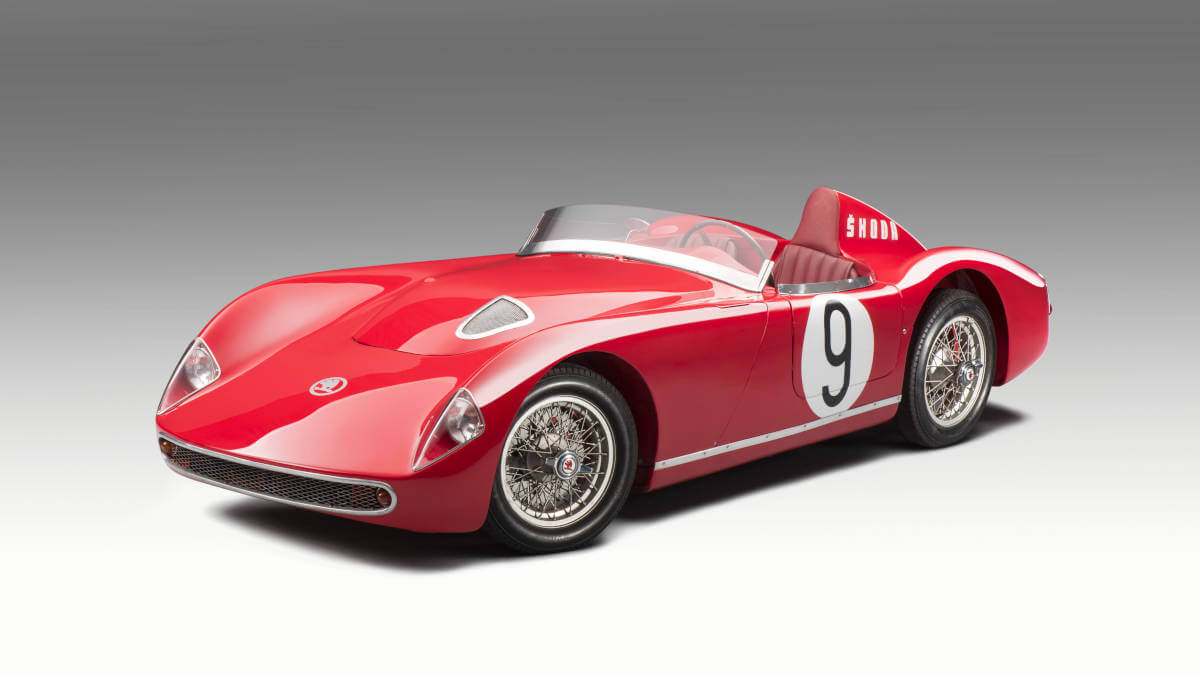

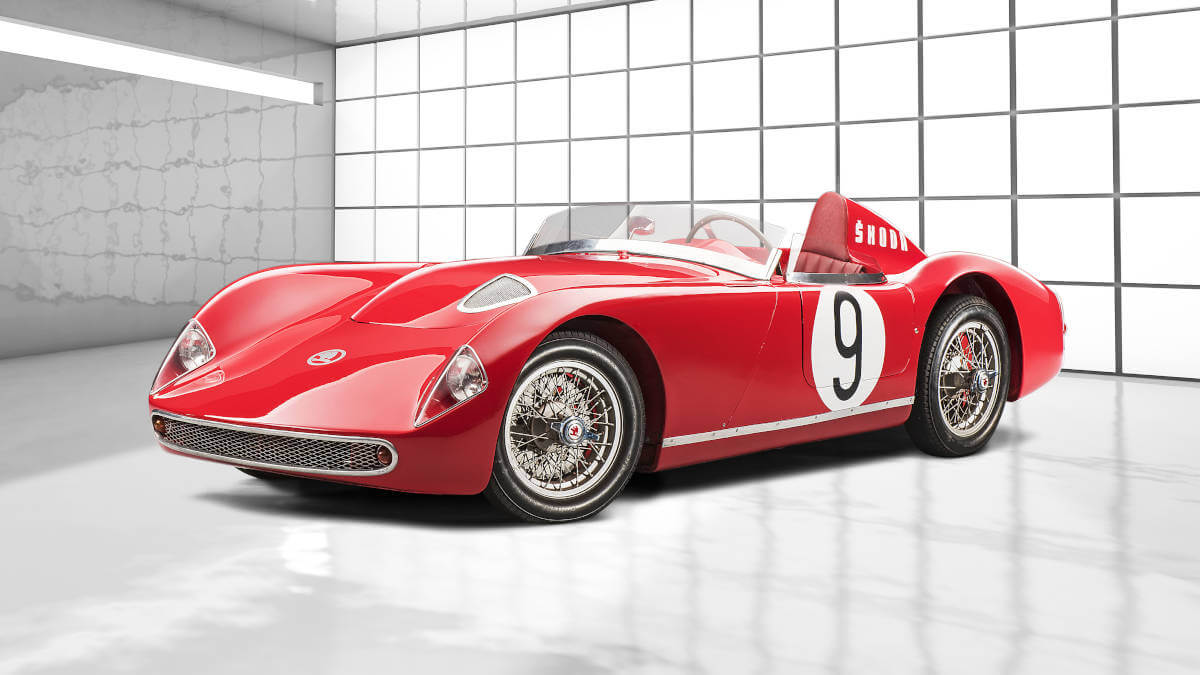









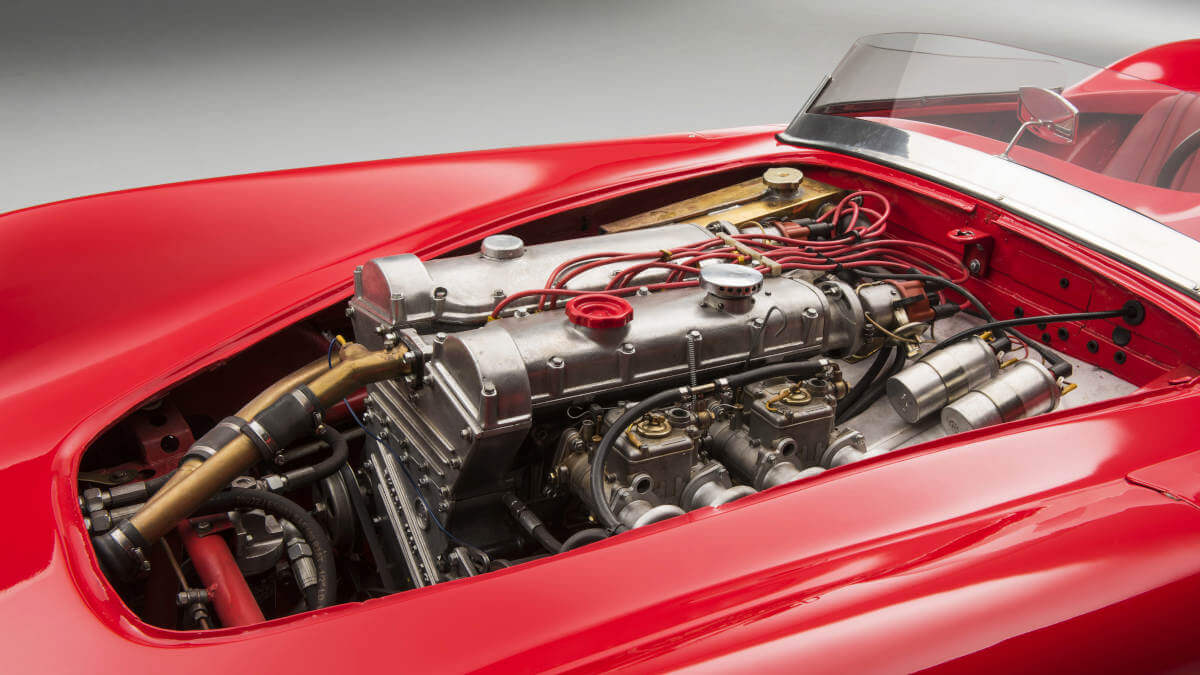













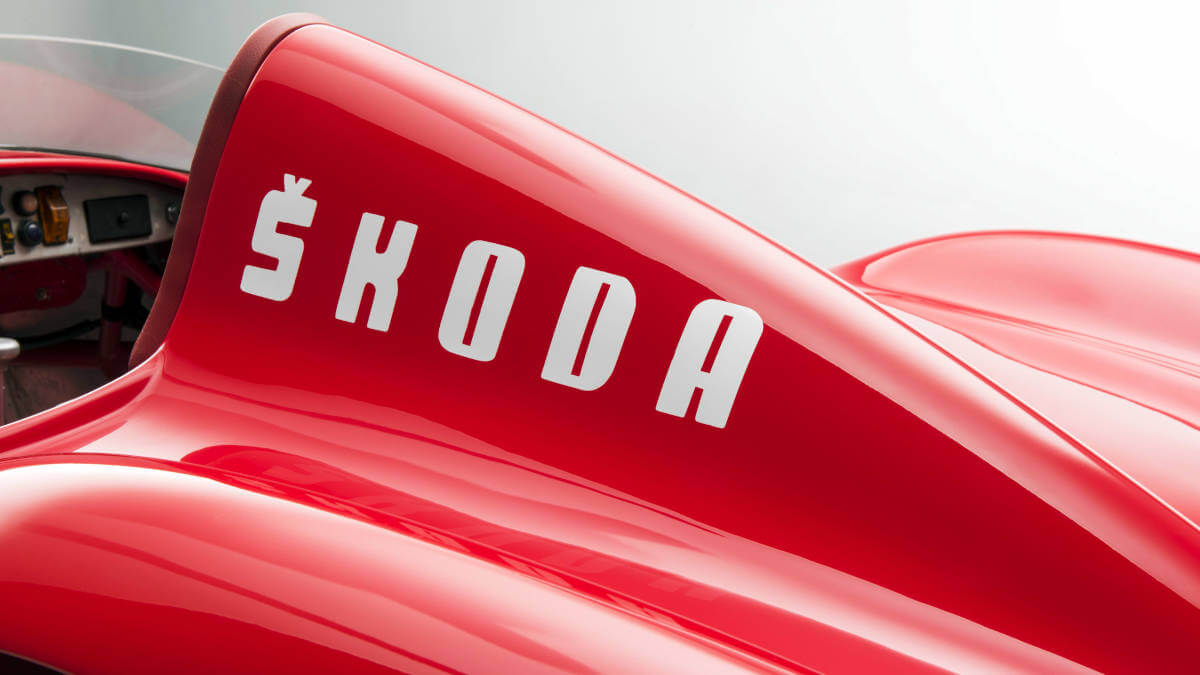



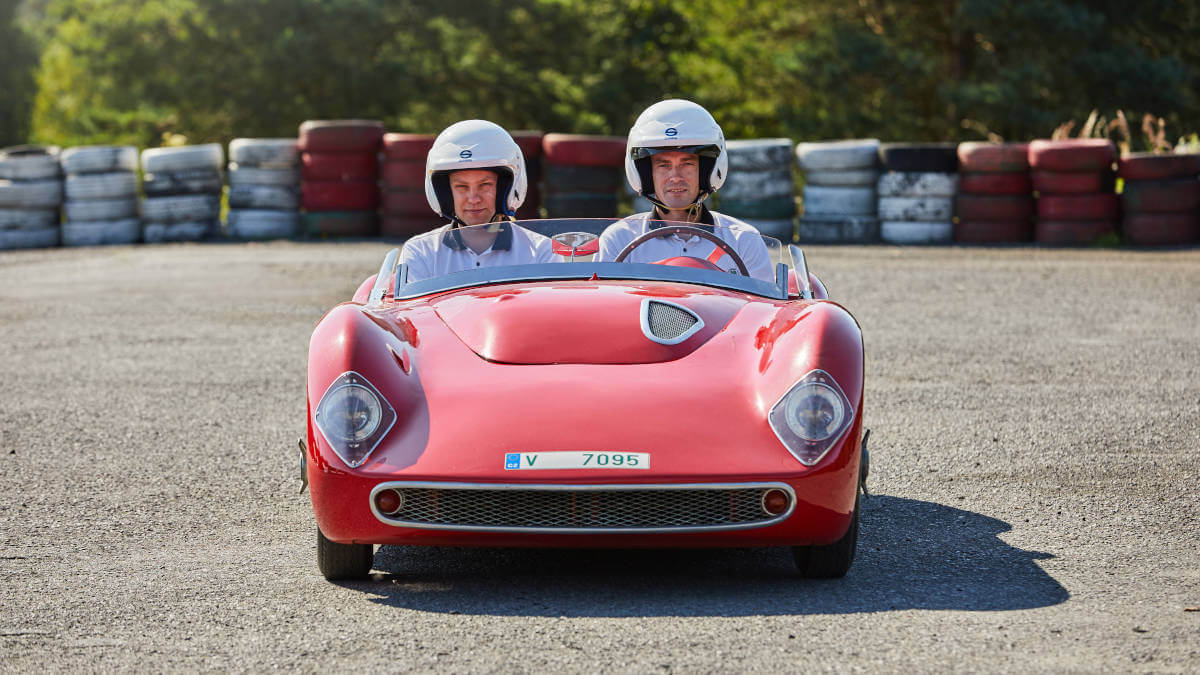



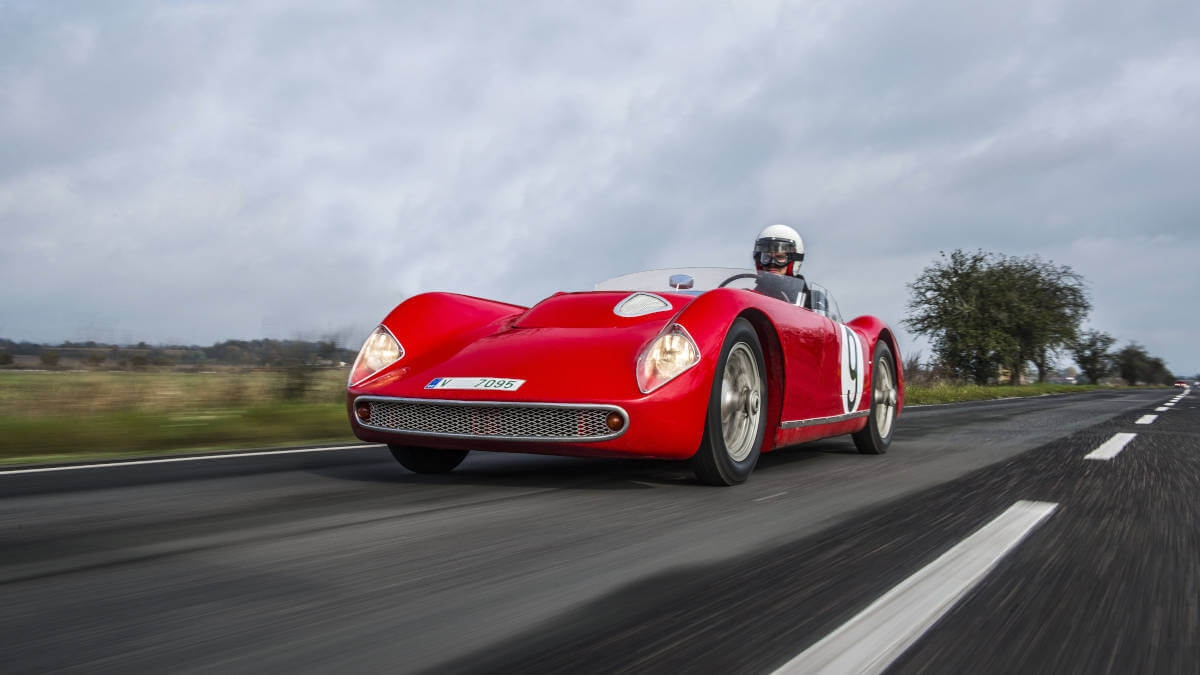







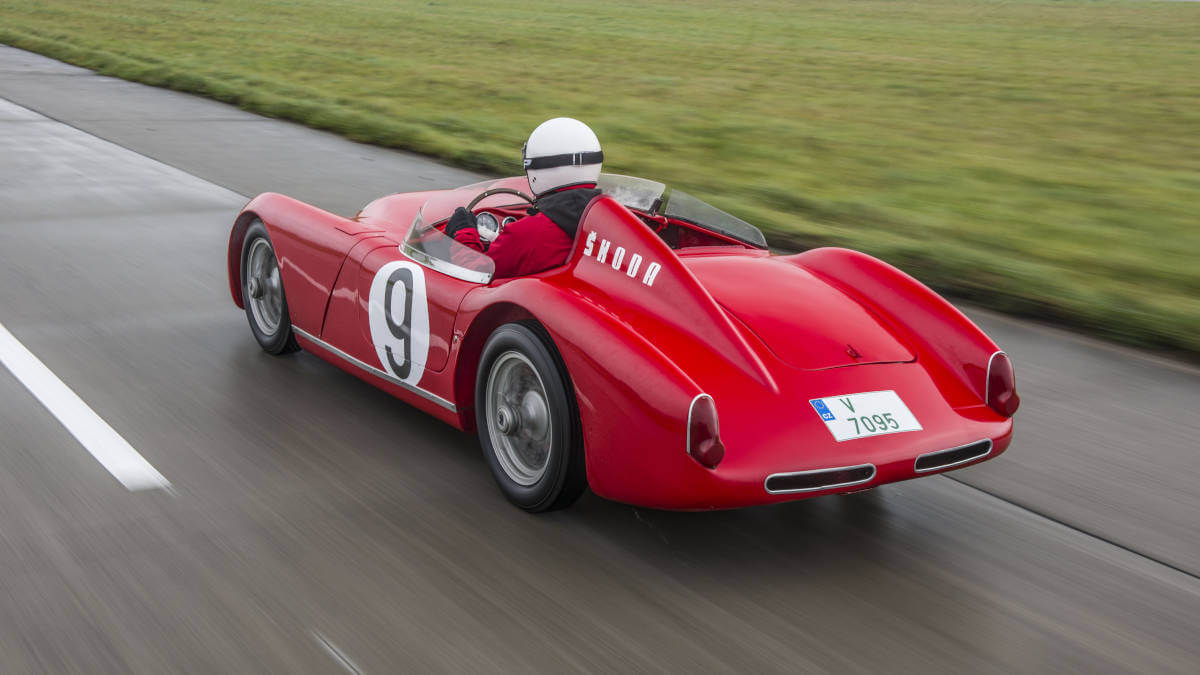

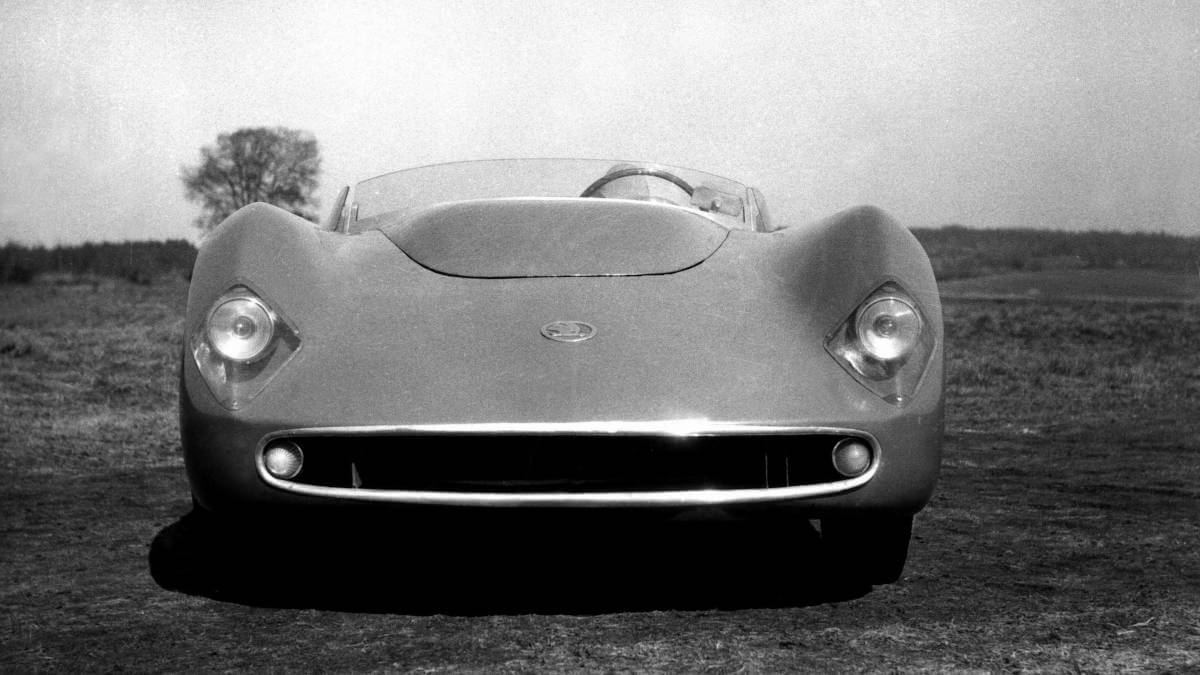



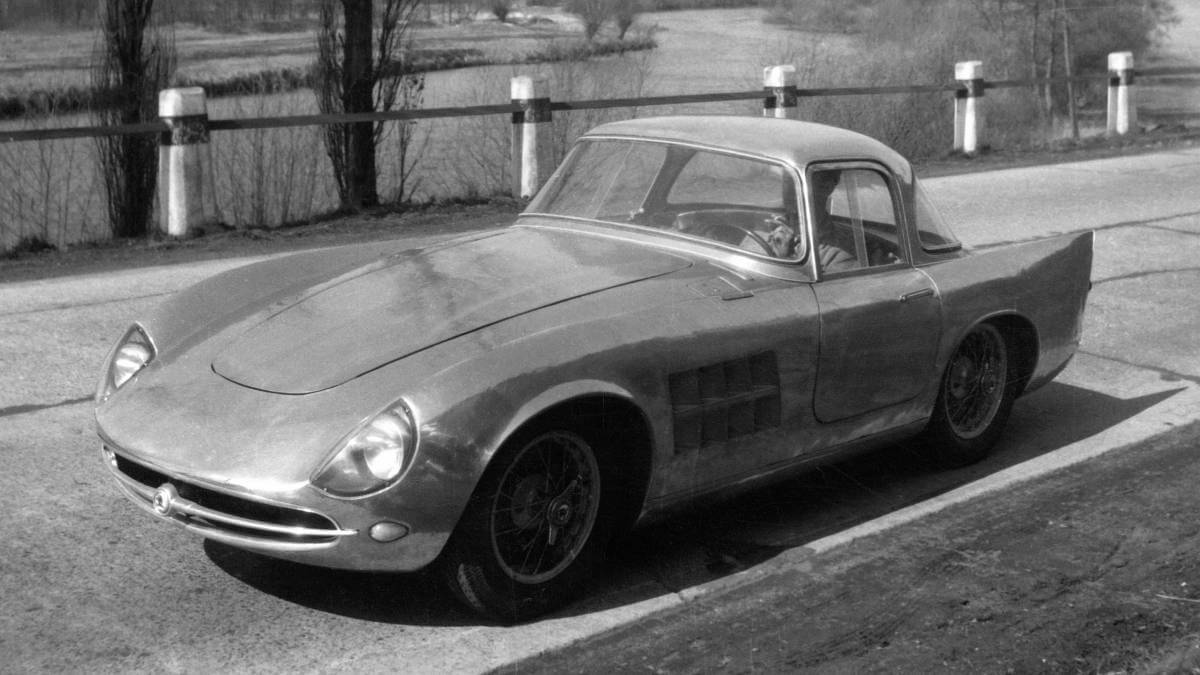

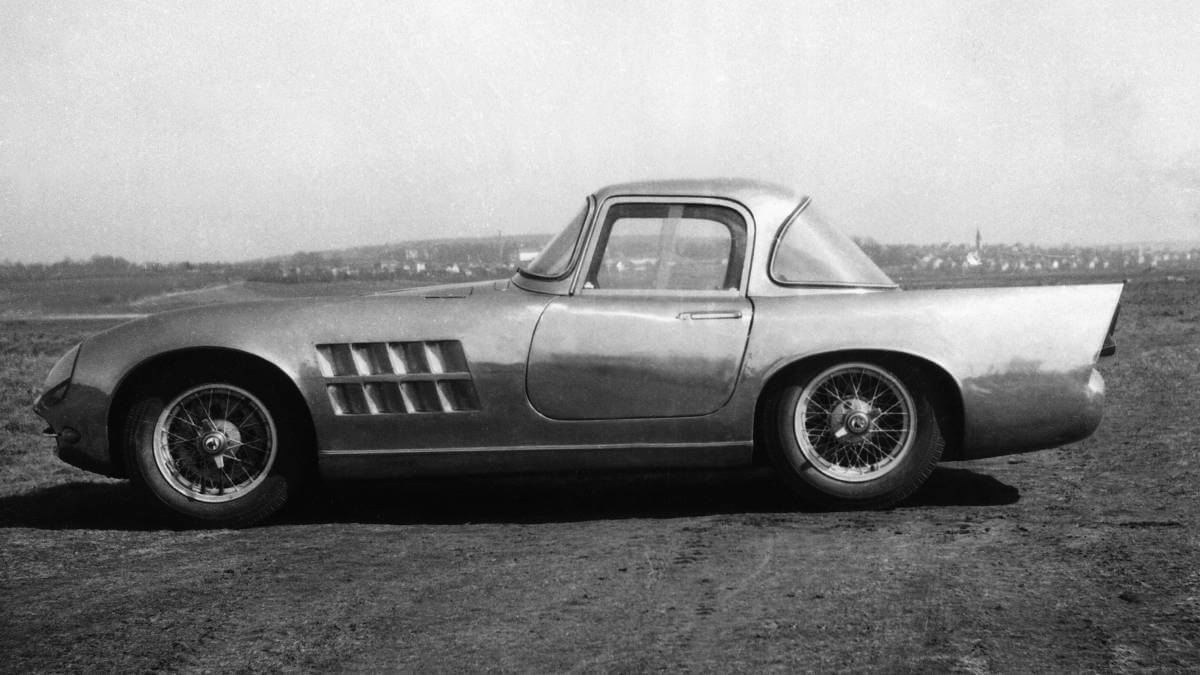



Start at Le Mans wasn’t possible
While the first example of the 1100 OHC was fitted with elegant pop-up headlights, these were replaced with fixed lamps behind clear glass covers for the remaining three cars. When switched on, these weren’t exposed to the airstream and thus didn’t interfere with the aerodynamics. The premiere of the new racing car in June 1958 was immediately followed by a victory on the Mladá Boleslav municipal circuit. In the course of the following years, the factory racing drivers Miroslav Fousek, Václav Čížkovský, Jaroslav Bobek, Václav Bobek senior and Josef Vidner sat behind the wheel of the 1100 OHC. Due to the difficult political situation Czechoslovakia found itself in as part of the socialist states, Škoda was no longer able to travel to Le Mans. Instead, they raced the car in their own country and neighbour countries of the socialist world.
Two roadsters and two coupés
The first car, built at the end of 1957, and car number two from the beginning of 1958 received the open roadster body. Two more spacious coupés with aluminium bodies followed in 1959. Despite the different material and the roof structure, the kerb weight dropped to 555 kilograms. Following racing, Škoda sold all four cars to private owners. Unfortunately, both coupés crashed independently of each other. However, based on a frame and other surviving parts, the Škoda Muzeum workshop in Mladá Boleslav is currently working on rebuilding a coupé. Meanwhile, the two roadsters can be seen time and again at classic car events. One belongs to Škoda UK, the other to the factory museum in the Czech Republic.
Images: Škoda



